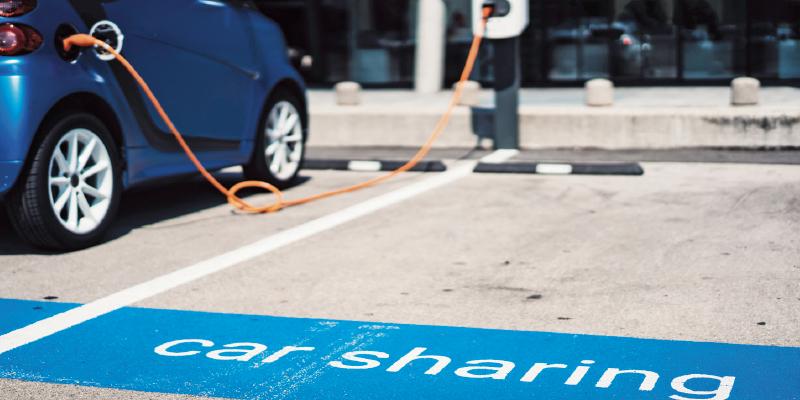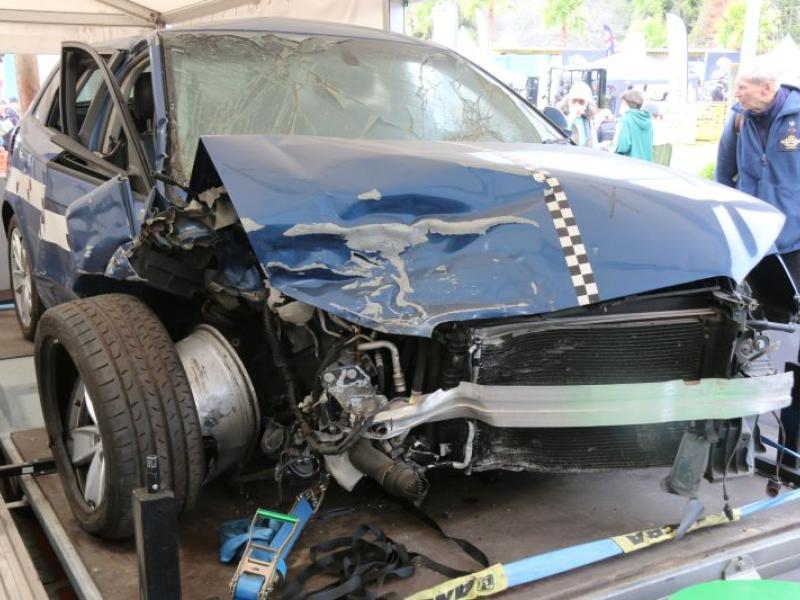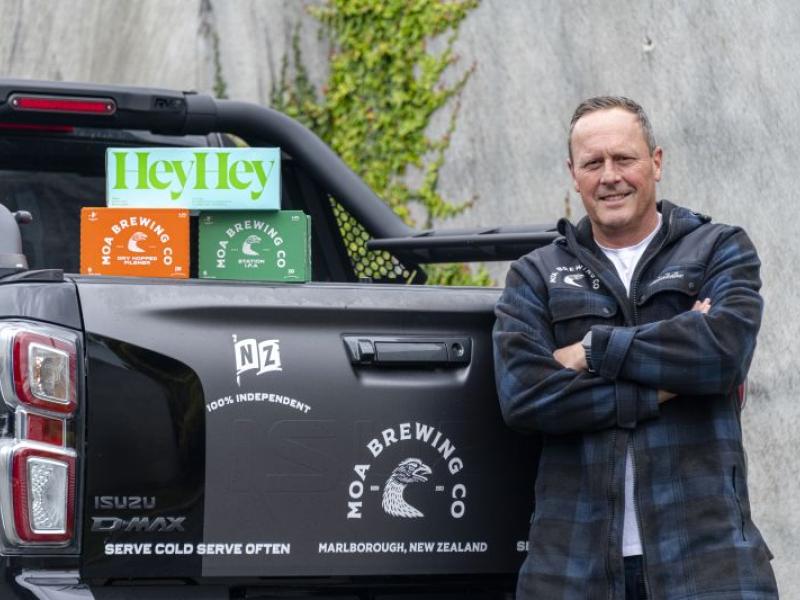Across New Zealand, fleet managers are scrambling to pivot and adopt Zero Emissions Vehicles (ZEV) in response to the Government’s declaration of a climate emergency.
While adoption had been increasing before the declaration, the constraints of infrastructure, vehicle selection, cost and perceived shortcomings had created hesitancy.
Now, with more fleets than ever before driving to improve their sustainability measures, it’s no surprise EV demand is growing, and many organisations are facing a rapid learning curve.
Not Just EVs
ZEV encompasses a category which has largely had electric vehicles in the limelight. There are, however, a range of alternate technologies in the category – most notably hydrogen.
But ZEVs of any type face challenges, such as new technology, fuelling limitations, and limited vehicle options in the market. This has led to many fleets taking a lifecycle approach to vehicle replacement and considering a range of factors.
Begin with passenger vehicles
Smartrak’s recent eBook, Transition your Fleet to Electric Vehicles, highlights some actionable steps to adopting ZEVs within your fleet. This includes suggesting passenger vehicles – particularly those in the pool fleet – as easy first steps. This strategy is supported by Smartrak’s data, which shows the average pool vehicle rarely travels more than 200km a day – a distance almost any ZEV is capable of.
Beyond the vehicle
Adoption of EVs isn’t the complete answer to addressing the real objective of achieving a more sustainable fleet. To achieve that, a deeper consideration of all the moving parts affecting fleet emissions needs to be considered.
1. Driver behaviour
One of the easiest improvements to make to a fleet’s fuel consumption and emissions is driver behaviour. Reducing idling, harsh braking, and acceleration has a marked reduction in fuel consumption by an average of 10-15 percent. Ongoing training and analysis is key to ensuring these changes are made – and maintained.
2. Vehicle selection
What staff choose to drive is also vital. If a staff member has a choice between a large 4WD and a small hatchback, but chooses the 4WD, they’re directly increasing the organisation’s emissions. Look at ways to help direct staff to more efficient vehicles where specialist capabilities aren’t required.
3. Report on emissions
Reducing your fleet’s emissions without having a way to report on them is fraught with risk as organisations need to document and compare improvements to validate the investment. Maintaining reports on your organisation’s annual emissions will also allow you to delve deeper into that data to truly understand your opportunities for improvement.
4. Transportation alternatives
If the Covid-19 pandemic has taught us anything, it’s that the status quo is more flexible than we think. When looking at organisational transport, ensure you’re presenting alternative transportation options rather than landing instantly on fleet vehicles. Is public transport available? If a vehicle is going to be sitting parked at the other end of the journey, consider taxis, ride share, or car-pooling to get to your destination.
And what about your shorter journeys? Have staff considered walking, taking an electric scooter or riding a bike?
The availability of Mobility as a Service options is growing rapidly and many fleet innovators are already integrating alternatives into their fleets.
And finally, ask if you even need to be transporting at all. Could a video call via Microsoft Teams or Zoom fulfill the same objective? For many, the answer through Covid has been ‘yes’. Video calls could continue to dramatically reduce your transportation demands, even before you enrol the other measures which have been highlighted here.
Big changes without
new vehicles
Reducing an organisation’s emissions is a much more realistic goal than many fleets might initially consider. Most will have plenty of fat in their existing fleet operations which could be optimised to improve their sustainability outcomes.
If you want to discuss how you could make rapid changes, talk to Smartrak about reviewing your operations and opportunities to benchmark and reduce emissions or visit the www.smartrak.com website.






